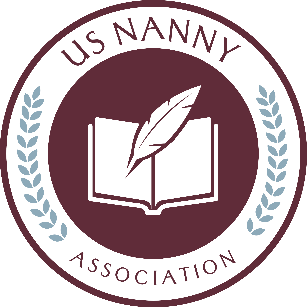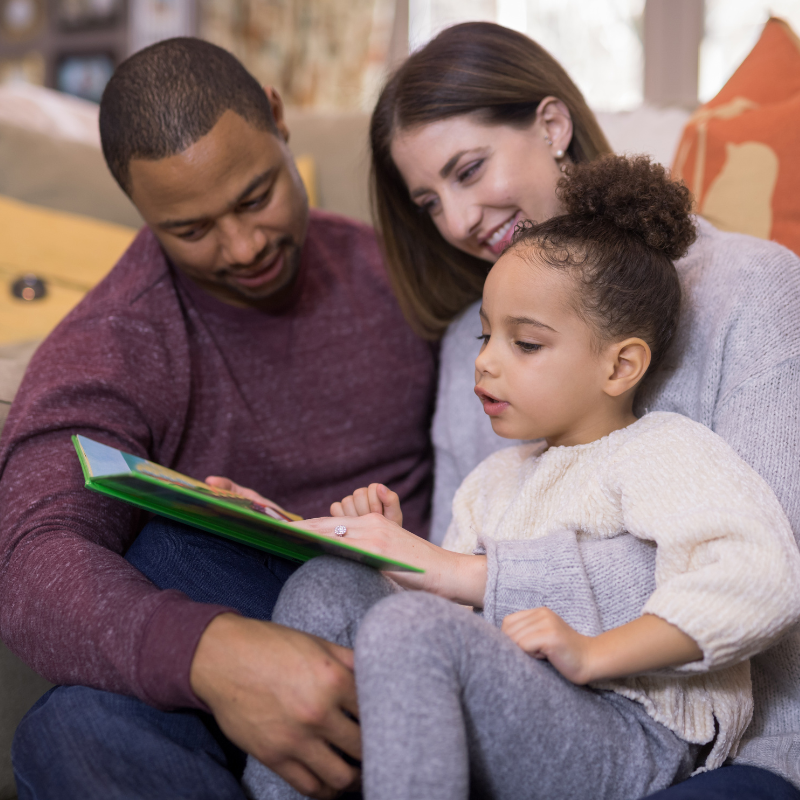Summary
For nannies and parents, every word counts for children ages 0 to 4 years old. It's best to be proactive with early literacy strategies.
It is what you say and how much you say it
Headlines in prestigious publications and talking heads on annoying streaming platforms have a lot to say about the current, controversial, and in this professor’s mind catastrophic practice of retaining children at the end of grade three if they fail to meet benchmarks for reading competency. Although the practice is loosely based on brain research pointing to a “pruning” of neural pathways used in reading if they are not fully connected by (roughly) age 9-10, the application of the research is flawed. Retaining students at the end of third grade won’t help. Intensive reading and pre-reading interventions and support in the early years can make a difference and circumvent the need to retain students later on. The real answer lies in keeping the neural pathways used for reading supple and primed and active in the early years, especially ages 0-4. That’s where nannies, pre-school personnel, and parents come in.
You see, every word counts in the early years. Every interaction that supports listening, speaking, reading, and early writing matters. There is every reason to believe that our early work in emergent literacy (0-4) is potentially powerful and pertinent in preventing the “word gap” that can and does happen when children’s exposure to words and ideas is limited in any way. Often, the word gap is blamed on poverty and that is the primary offender, but simple neglect or lack of attention and inconsistencies can also prove troublesome. Let’s remedy those potential word gaps with Dr. B’s strategies. I’ll use the word EARLY as an acronym to create a mnemonic device for nannies and other caregivers to use in creating literacy rich interactions with little ones. Every word counts and the more the better.
E Enrich early literacy by connecting words to experiences in targeted ways. Simply put, narrate ordinary experiences in extraordinary ways. For example, while putting on a toddler’s shoes, narrate with interesting words. “Let’s choose some shoes. Shall we wear our pink sneakers or our red sandals? What color do you choose?” Every word counts. Use words to narrate simple experiences.
An Add music and rhyming frequently. I like nursery rhymes for this enrichment. Simply re-working a familiar rhyme, using the child’s name is magical. For example, “Little Miss Katherine sat on a buffet, eating her waffles today. Along came a spider and sat down beside her and frightened Miss K away.” Every word counts. Use words along with music and rhyme to create episodic memories that primes pathways for reading.
R Read aloud morning, noon, and evening. At a minimum, create a “lap experience” in which the nanny reads aloud to little ones three times a day. Consider reading stories with strong rhyming and repetition which lead to a foundation in fluency and phonemic awareness. Every word counts and nothing is more comforting and familiar than a read aloud.
L Let little ones experiment with early literacy across all four paradigms, listening, speaking, reading, and writing, no matter the age or stage. Remember, you are setting a foundation on which neural pathways will be formed and firmed up. So, giving a 10 month old a fat crayon to scribble is a targeted strategy for early writing. Likewise, pointing out the letter “L” on the library sign as you go into story hour is the beginning of visual discrimination, even though the child is only three years old. Story hour itself is rich with literacy experiences, from acquiring skills in listening and attention to gaining appreciation for socialization around a shared story. Every word counts. Take advantage of opportunities for listening, speaking, reading, and writing that are appropriate for the youngest brains.
Y Young brains need sensory experiences to build connections. Whenever possible, use more than one sense in a word-based experience. For example, when you are caring for a toddler and getting ready to go outside for an autumn walk, take advantage of multi-sensory experiences. Use words like autumn, fall, color, leaves, changes, temperatures, September, October, seasons. Do this with very young children. Let them touch the leaves. Draw attention to the colors and shapes. Come back and finger-paint with autumn colors. Create a rhyme about what you see. Let children repeat the words. Every word counts and every sensory experience counts too.
Retaining children at the end of third grade is a lame duck response. It is better to be proactive with early literacy strategies that take advantage of the eager and primed neural pathways for reading that are in place ages 0-4 and into the pre-school years. Look for next month’s column on 10 favorite read- alouds that lend themselves to early literacy experiences.

Dr. Linda Karges-Bone is a professor, author, and media influencer who has written 34 books and hundreds of articles and stories for educational and family media. You can reach her at educationinsite.com

